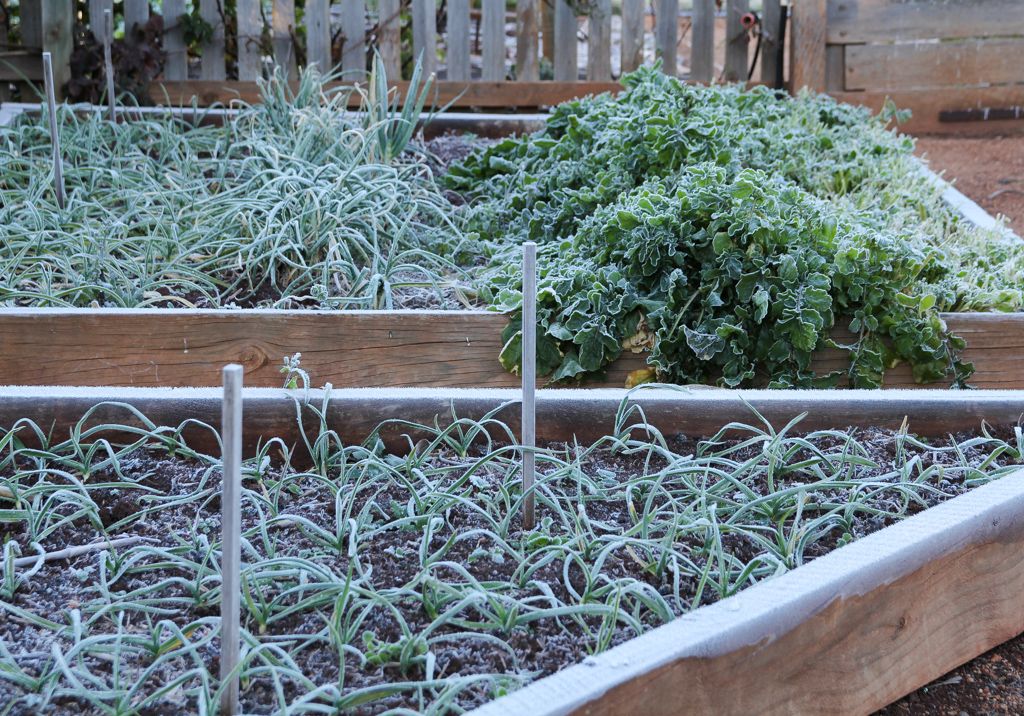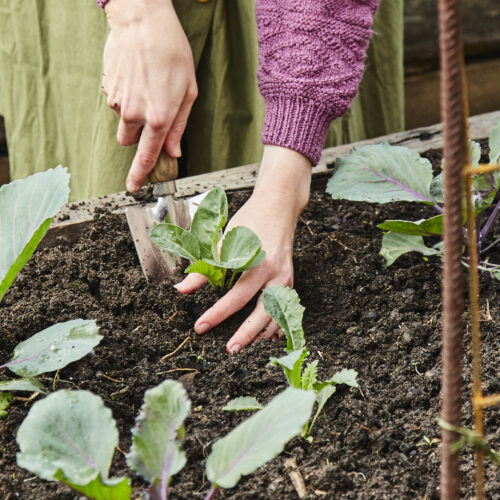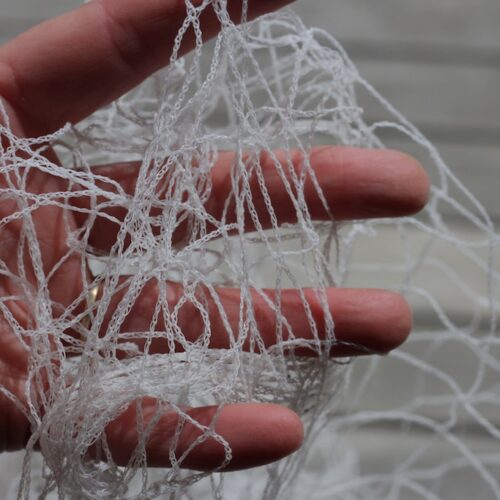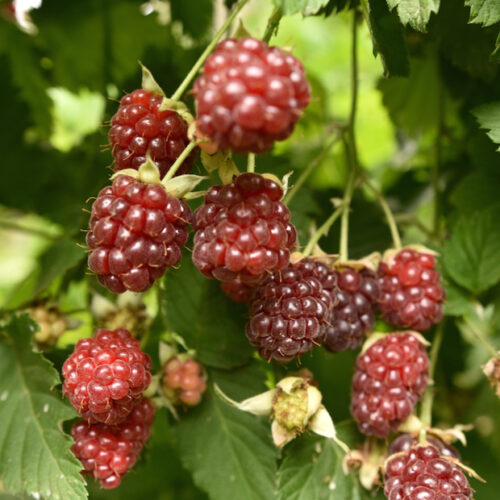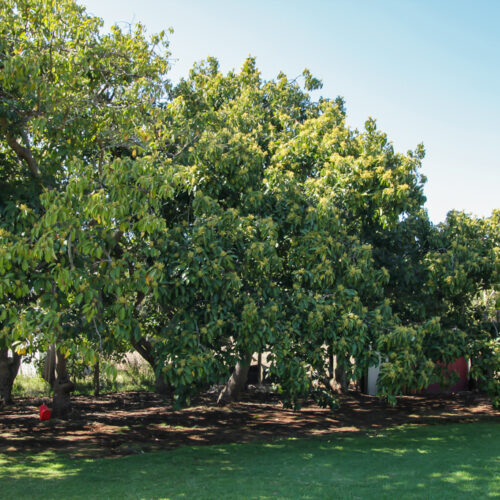What to do in July
2014-07-02T00:31:11+10:00
Winter has arrived and JUSTIN RUSSELL has some handy tips for dealing with the coldest month of the year.
I warned you last month that winter was on its way and hasn’t it arrived with a vengeance in the cooler parts of Australia. There’s deep snow cover on the alps, widespread snow across the highlands and in inland areas, frost has been widespread. At my place we’re starting to clock up the subzero nights, and have had two hard frosts of minus six and minus five over consecutive weeks.
Hard frosts are an organic gardeners best friend. They help condition soil by freezing the moisture within large clods and splitting them apart, but the most important benefit of freezing temperatures is their ability to stop pest outbreaks in their tracks. I class a hard frost as anything under about minus four or five. This is cold enough to kill off overwintering insects, reduce fruit fly numbers and limit the breeding cycles of rats and mice.
Obviously hard frosts are capable of damaging tender plants. The key to avoiding this is to know what your climate is capable of, and plant things that are adapted to cold weather. In my garden I’ve learned through hard won experience what will and won’t tolerate a freeze, and I’ve cut out almost anything that isn’t hardy. You’ll save money and endless frustration by doing the same in your garden.
If plants do get damaged by frost, the worst thing you can do is prune off the burnt foliage immediately. Instead, wait until the risk of frost has passed. I know frost damaged plants look daggy, but the burnt foliage offers extra protection to foliage closer to the crown of the plant. The other reason you should leave the secateurs holstered for now is that pruning tends to induce new growth, and this is usually extremely vulnerable to frost, even on so called hardy plants.
Gardens in marginal climates tend to be badly affected by frost damage. The south east Queensland city of Ipswich springs to mind. It falls within the subtropical climate zone, has hot humid summers, yet can dip to below freezing in winter. Gardeners in such a climate have to be very careful about the plants they choose, or they must learn techniques for protecting plants on cold nights.
The simplest strategy is to cover a tender plant with something insulating. Old net curtains, shadecloth, hessian and purpose made frost cloth all help increase the temperature by a degree or two, which is often enough to prevent damage. Other strategies include placing something heat absorbing such as rocks or a dark coloured rain barrel beside tender plants. The rocks/barrel warm during the day and release the heat slowly during the night. You could also consider spraying frosted plants with water first thing in the morning to thaw the ice, or you could take the counter intuitive approach of misting vulnerable plants with water the night before an expected freeze. The mist forms a layer of ice that actually insulates leaf cells against damage. Sounds dumb but it works.
As for other winter jobs, my advice for cool climate gardeners is simply to relax. Have a break from the garden for a couple of months, read seed catalogues and dream about spring, sit in the sun and sip hot drinks. If you’re in the mood, you might do some maintenance on your gardening tools and perhaps tackle the odd landscaping job. But remember that gardening isn’t all work and no play. Take time to slow down and enjoy the fruits of your labour.
For those of you in warmer climates there’s still plenty to do to keep the garden productive. In dry weather it’s important to keep the moisture up to vegies and newly planted trees, and a layer of sugarcane mulch will reduce evaporation from the soil. A liquid feed of organic fish emulsion will keep vegies cranking along and if citrus trees need a boost, spray them with seaweed solution. To keep annual weeds in check spray them with a salt and vinegar herbicide.
Beyond that, the same goes for you warm climate gardeners as for those of us in the cold. Take some time to relax in the garden. It’s a beautiful time of year in the tropics and subtropics to set up a table under shady tree and enjoy a homegrown meal with friends.

